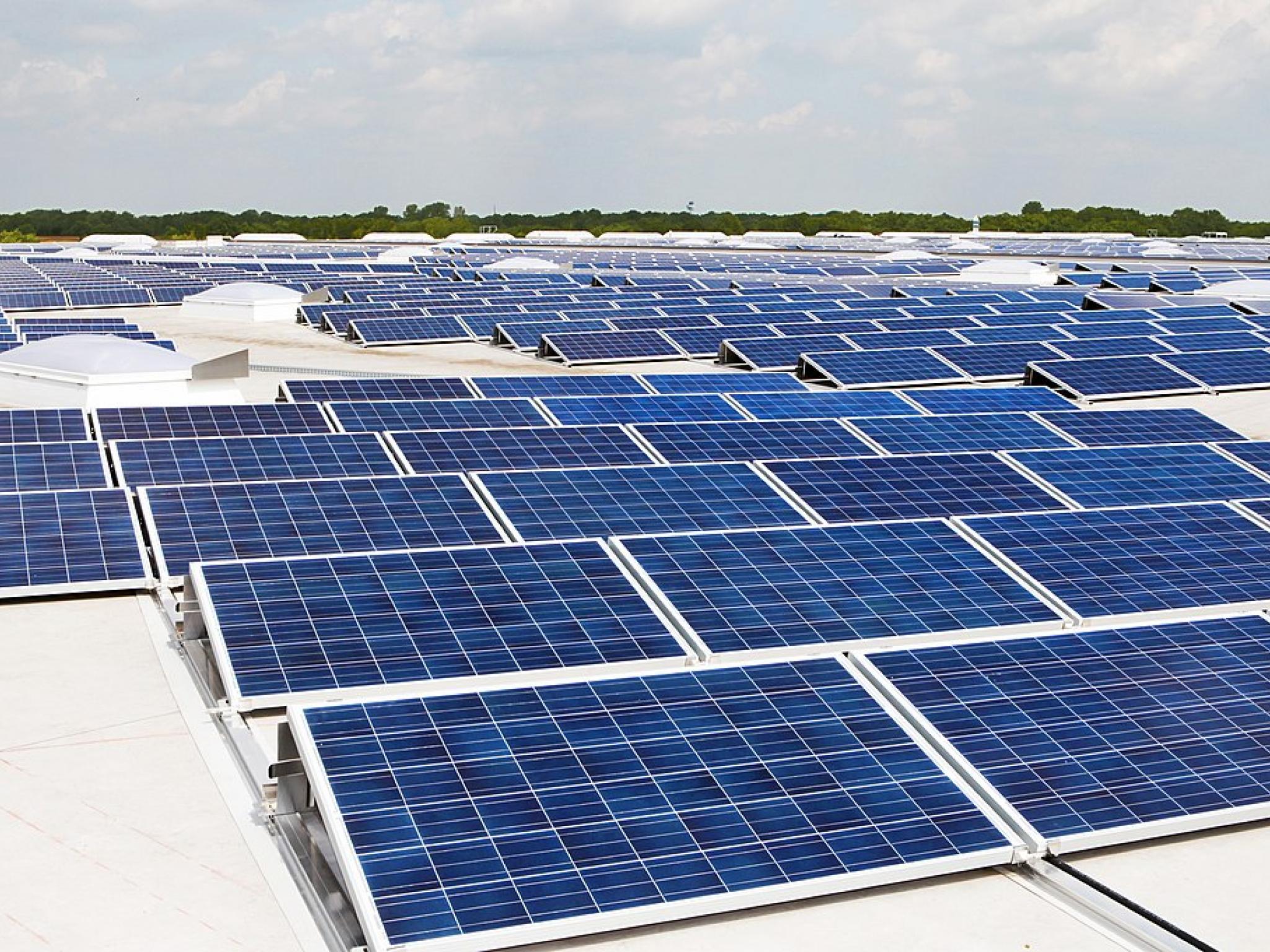
According to a report released by the Solar Energy Industries Association and Wood Mackenzie, 2021 was the first year in which solar prices rose across residential, commercial, and utility-scale since 2014 when Wood Mackenzie began tracking the data. According to the report, in some portions of the solar industry, prices increased to almost 18%.
Lower costs have been a critical driving force behind solar adoption, but in 2021 prices jumped on broad economic challenges, including supply chain constraints. In addition to supply chain bottlenecks, trade actions and policy uncertainty also weighed on the sector, the report said.
The solar industry installed a record 23.6 gigawatts of new capacity in 2021, a 19% increase from 2020′s levels. Installations surged 30% Y/Y on the residential front, hitting a new record above 500,000.
The utility side added 17 gigawatts of new capacity, also a record high. But installations were ultimately lower than expected. One-third of utility-scale projects were delayed by at least one quarter. Additionally, 13% of projects slated for completion this year have been delayed by a year or more or outright canceled.
“The supply chain constraints of the last year will hit 2022 installations the hardest, reducing capacity by 7% compared to 2021,” said Michelle Davis, principal analyst at Wood Mackenzie and lead author of the report.
“But our forecasts demonstrate long-term growth will overshadow these short-term challenges, especially if federal clean energy incentives are passed,” Davis commented. He added that if the Investment Tax Credit (ITC) is passed, installed solar capacity will increase sixfold by 2032.
The report also noted that absent policy action, the U.S. will hit just 39% of what’s needed to reach Biden’s 2035 decarbonization goal. The report comes amid a resurgence in the conversation around energy security following Russia’s war on Ukraine.
“In the face of global supply uncertainty, we must ramp up clean energy production and eliminate our reliance on hostile nations for our energy needs,” said SEIA CEO and president Abigail Ross Hopper. “Policymakers have the answers right in front of them,” she said, referring to passing the ITC and investing in manufacturing.
Photo via Wikimedia Commons







